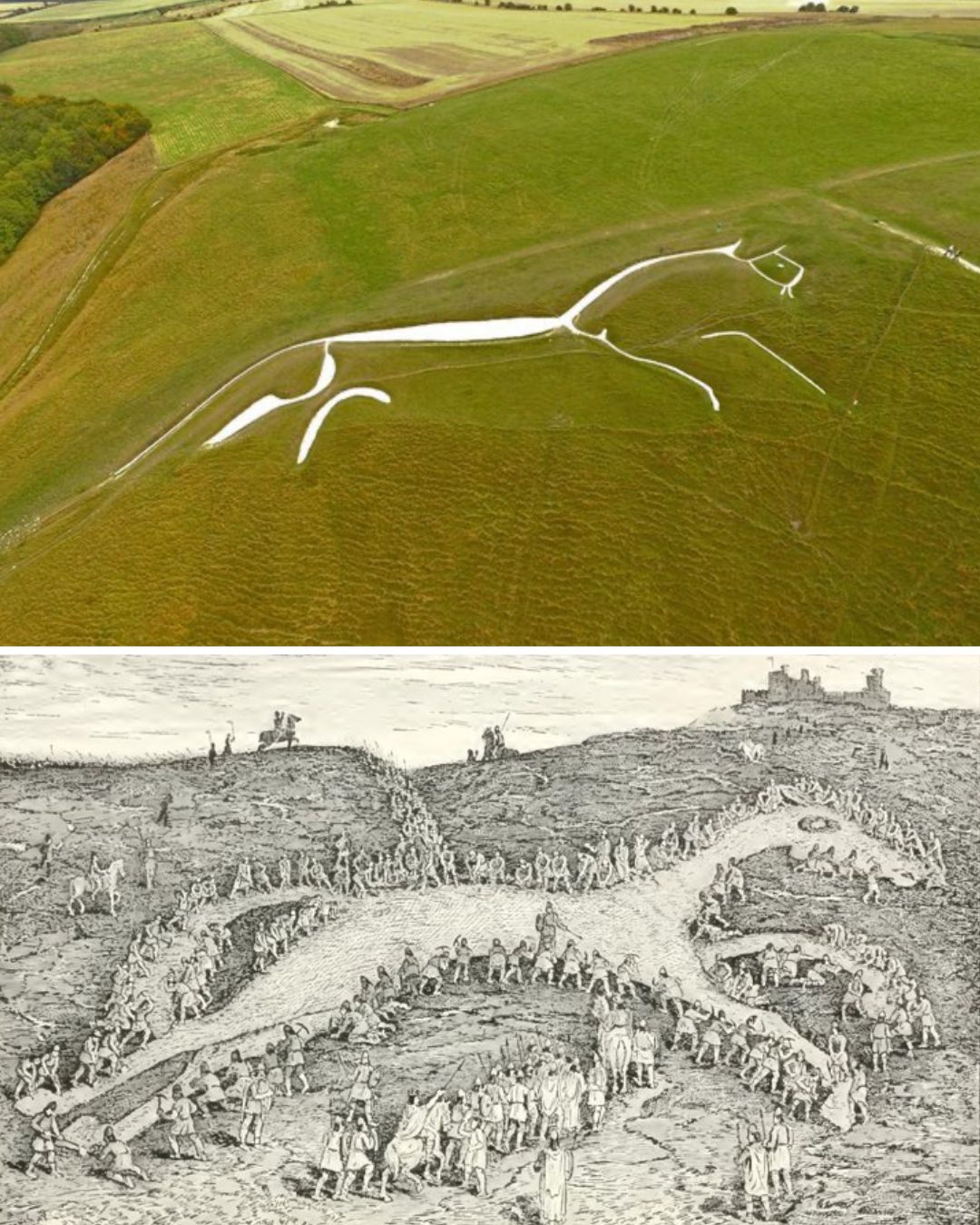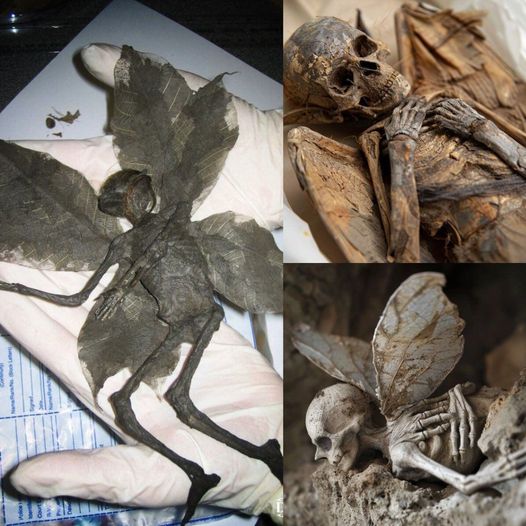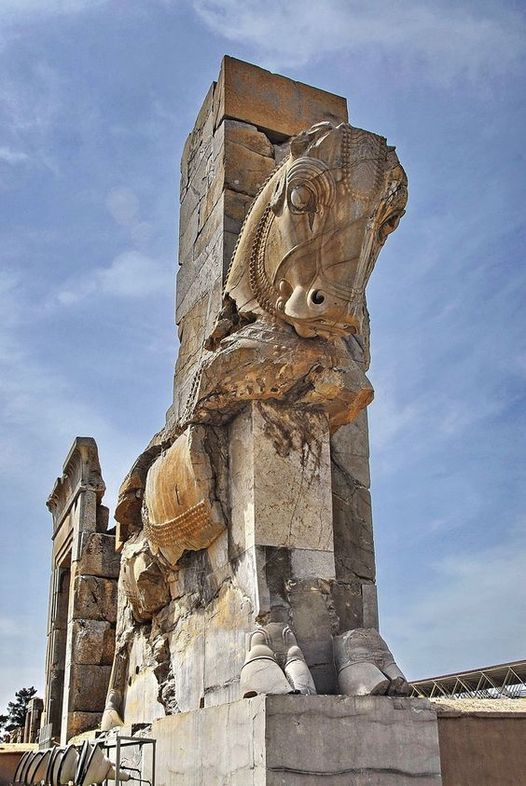Sofia, Bulgaria – The halls of the National Museum of Bulgaria now house a remarkable artifact that has become a cornerstone of Thracian history: the bronze head of King Seuthes III. Discovered in the king's tomb dating around 330 BC, this portrait in metal offers a unique window into the life and times of a ruler of ancient Thrace, the region now known as modern Bulgaria.
The accompanying photograph showcases the moment of discovery, where the bronze head is held, still bearing the earth's imprint, a testimony to its long repose. The image captures the intricate details of the sculpture—deeply furrowed brows, a gaze that seems to pierce through the ages, and a beard that flows like the rivers of time itself.

This find is significant not only for its artistry but also for its contribution to our understanding of Thracian culture and the regal persona of Seuthes III. The craftsmanship reveals the sophistication of metalwork in the Hellenistic period and reflects the influence of Greek art on Thracian society, seen in the realism and expression of the sculpture.
King Seuthes III, renowned in antiquity for his military prowess and statesmanship, is depicted with a solemn dignity befitting a ruler of his stature. The head, likely part of a full statue that once stood to guard over his tomb, is a rare surviving likeness of a Thracian monarch, providing insight into how these ancient leaders viewed themselves and wished to be remembered.
The head’s journey from its underground chamber to the spotlight of a museum exhibit has been a source of national pride for Bulgaria. It serves as a reminder of the country's rich historical heritage and its central role in the tapestry of ancient civilizations.

Now on display, the bronze head of King Seuthes III continues to attract the attention of historians, art lovers, and the general public. It ignites conversations about the cross-cultural interactions of the ancient world, and the artistic legacies left behind. It stands not just as a representation of one man but as an emblem of a people and a period that contributed significantly to the cultural development of Europe.
This remarkable artifact's discovery and subsequent display encourage a reexamination of Thracian history and its impact on the broader Hellenistic world. As it remains on display, King Seuthes III's bronze head offers an enduring link to our past, reminding us of the timelessness of human expression through art.










